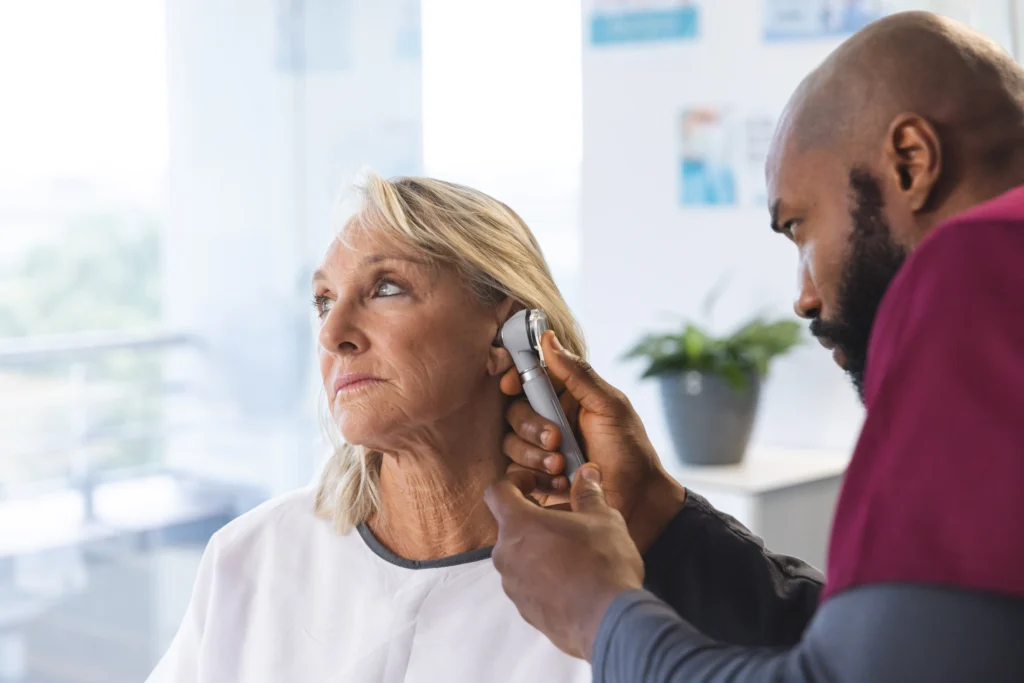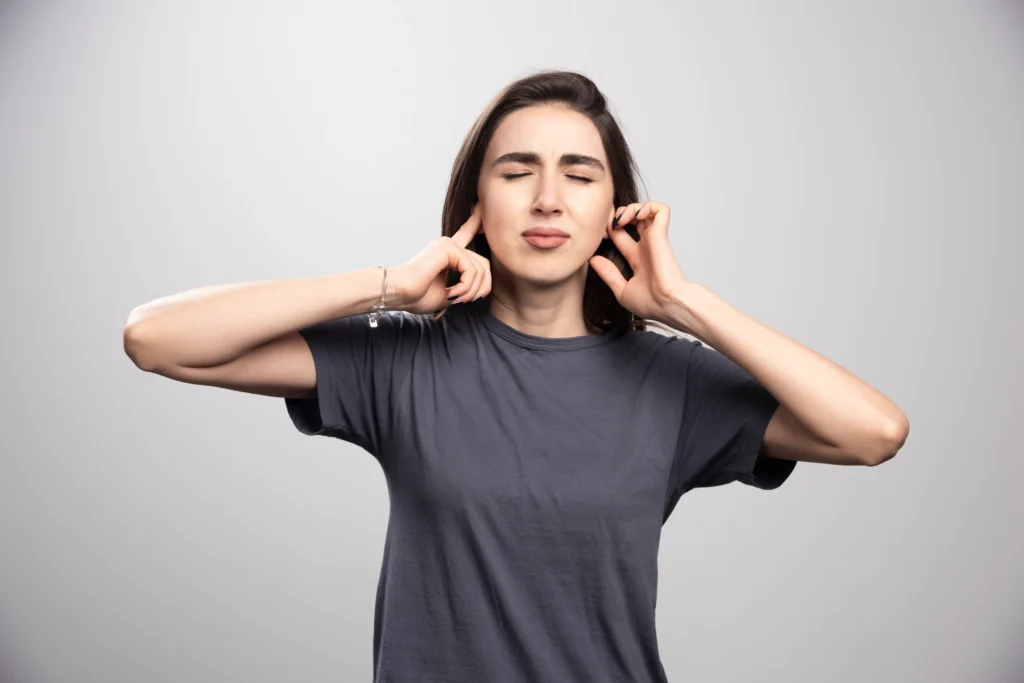Hearing is perhaps the most valuable sensation as it is the one that helps us communicate with the people around us, our family and friends, and generally perceive the sounds from our environment. Whilst we associate hearing loss with age, it can also affect the younger generations for a number of reasons. According to research, 35% of people with hearing loss are under 65 years old. In addition, two to three children in 1,000 are born with hearing loss and as many develop hearing loss in the first years of their lives.
It may not be associated with any other medical condition, but it may be part of the clinical picture of an underlying problem such as age-related hearing loss, a hearing injury, a circulatory problem or Meniere’s disease.
Getting tested and evaluating your possible condition
First of all, a valid and timely diagnosis must be made. If there is no medical problem, which could be treated with medication or surgery, then the restoration of hearing is done through the application of hearing aids. The use of hearing aids maintains the quality of hearing, confidence and self-confidence. However, you will first need to see an audiologist for a number of tests to diagnose.
The audiologist will first check the outer ear, and proceed to some more in depth hearing tests, all of which are painless and very simple. They may perform an otoscopy. The audiologist will continue to perform special tests to check the proper functioning of the drums and acoustic ossicles. The audiogram will give the necessary information not only about the existence of hearing loss, but also about its type and severity. In addition, with a special test it is possible to measure the frequency and intensity of humming. More specialized examinations offer valuable information about the condition of the cells of the inner ear and the auditory nervous system.
Today we have objective and subjective methods of recording auditory ability. The former have the advantage that they are not affected by the patient, but some of the latter have an advantage over the former in that they inform us about the final perception and interpretation of sound messages at the level of the cerebral cortex, which is not achieved by objective audiometry.
Subjective audiometry includes tonal and speech audiometry. Tone audiometry or pure tone audiometry is the most commonly used acoustic test and aims to look for the threshold of clear tones of different frequencies (hearing threshold). A device called an audiometer is used and has the ability to produce clear tones of different frequencies and intensities.
The results are recorded in a diagram, called an audiogram, in the form of two curves corresponding to the osseous and the airway. The bone is always above the air. In the case of normal hearing the two curves almost coincide and are close to the level of zero decibels.
Types of tests:
Otoscopy: This is an examination of the ear with the help of an otoscope or microscope. It allows the audiologist to assess the external auditory canal and eardrum.
Audiogram: It is the test with which we accurately record the degree of hearing loss as well as the type of hearing loss. It is done with the help of a special instrument called an audiogram. The examinee wears special headphones through which we provide him with sound tones of different intensities and frequencies. Its response to them by pressing a button is recorded and thus the audiogram curve is obtained. The analysis of this curve gives us very useful information that allows us to know the severity of hearing loss, where the acoustic pathway is located and in what ways it can be treated.
Tympanogram: This examination is done with the help of a special instrument called a tympanogram. A special plug is placed in the examinee’s ear and through it information is obtained about the condition of the eardrum and the cavity of the ear.
Acoustic reflexes: In some cases, the determination of auditory reflexes is useful for further investigation of hearing loss. The examination gives additional information about the condition of the auditory nerve, the personal nerve and the ear cavity.
It should be emphasized that a full examination is extremely important because it gives a lot of evidence on the basis of which a hearing loss can be classified as reversible or irreversible. Also, in some cases it is possible to reveal significant underlying problems that need further investigation and treatment. For further information on audiology tests, please do get in touch with Adirondack Audiology and call us today at +1 (802) 922-9545.
FAQ
1. Are hearing tests painful?
No. Hearing tests are not painful. These tests usually involve listening to tones and speech through different modes and are not painful most of the time.
2.What symptoms mean I need ear cleaning?
Muffled hearing, a feeling of fullness, ringing (tinnitus), itchiness, dizziness, or recurring infections are key signs that wax may require removal.
3.Is professional cleaning safer than home methods?
Yes — professionals use tools like curettes or microsuction under direct visualization to avoid eardrum injury and clean more completely than at-home attempts.









